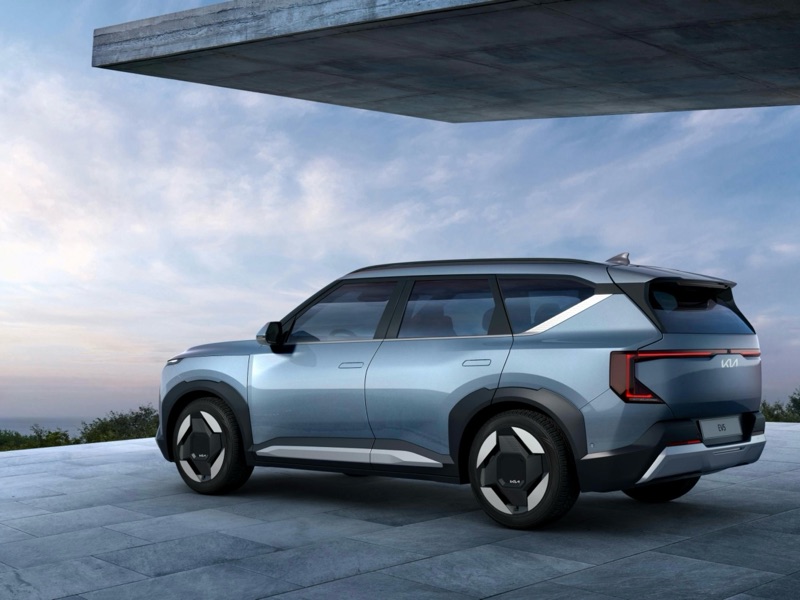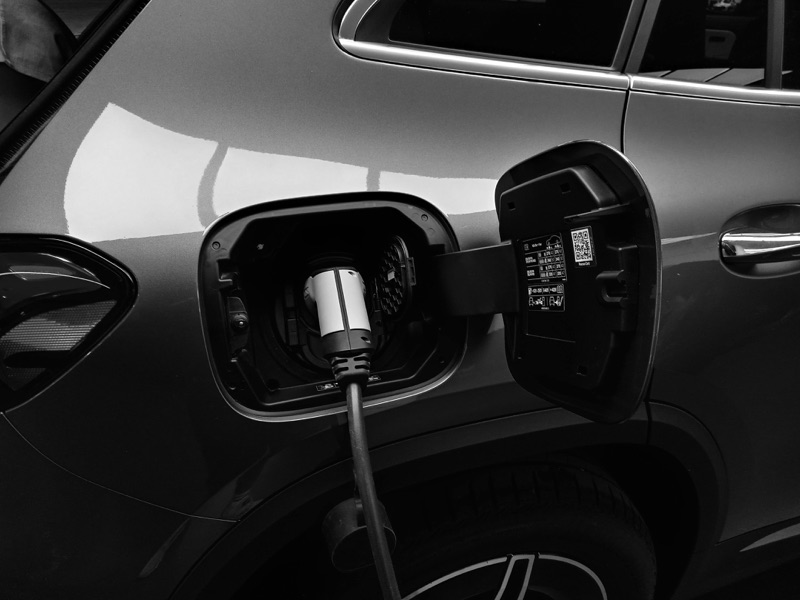Electric vehicles (EVs) have surged in popularity, but their widespread adoption still hinges on one critical component: the battery. While today’s EVs mostly rely on lithium-ion batteries with liquid electrolytes, a new contender is emerging—solid-state batteries (SSBs). These advanced batteries promise faster charging, longer range, improved safety, and extended lifespan. But how close are we to seeing them in everyday vehicles? And are they truly the next leap in EV power?
What Are Solid-State Batteries?
A solid-state battery uses a solid electrolyte instead of the liquid or gel electrolytes found in conventional lithium-ion batteries. This change brings several potential advantages:
- Higher energy density
- Improved thermal stability (reducing fire risk)
- Longer lifespan
- Faster charging times
- Wider operating temperature range
Solid electrolytes can be made from various materials, including ceramics, glass, sulfides, or polymers. These materials not only resist ignition (a common failure point in lithium-ion batteries) but also enable the use of lithium metal anodes, which hold significantly more energy than conventional graphite anodes.

Why Solid-State Batteries Matter for EVs
The primary limitations of current EV batteries—range anxiety, long charging times, and battery degradation—are all directly tied to the performance characteristics of lithium-ion technology.
Energy Density:
- Solid-state batteries could deliver 2x or more energy density compared to today’s lithium-ion batteries. That translates to significantly longer driving range per charge.
Charging Speed:
- Faster ion transport through solid electrolytes (especially sulfide-based ones) could cut charging times dramatically, with some prototypes claiming 80% charge in under 15 minutes.
Safety:
- Solid electrolytes are non-flammable, making battery fires less likely. Thermal runaway, a dangerous chain reaction in traditional batteries, is much less likely in solid-state cells.
Longevity:
- With less degradation per charge cycle, solid-state batteries may last for hundreds of thousands of miles, reducing the need for replacement and improving sustainability.
Current State of Development
Despite the promise, commercializing solid-state batteries at scale has been challenging. Major technical and manufacturing hurdles remain:
Dendrite Formation:
- Lithium metal anodes can form needle-like structures (dendrites) that penetrate the solid electrolyte, leading to short circuits.
Material Compatibility:
- Some solid electrolytes are chemically unstable when in contact with lithium metal, requiring protective layers or new material combinations.
Manufacturing Scale:
- Producing solid-state batteries requires new processes and infrastructure. Many materials are brittle or sensitive to air and moisture, complicating mass production.
Cost:
- Solid-state batteries currently cost significantly more than traditional lithium-ion cells, due to complex materials and early-stage production methods.

Industry Leaders and Timelines
Several automakers and tech companies are investing heavily in SSB research. Key players include:
Toyota:
- Toyota is one of the earliest and most committed companies in the solid-state space. It has announced plans to commercialize solid-state batteries in hybrid vehicles before rolling them out in full EVs, targeting mass production by 2027-2028.
QuantumScape:
- Backed by Volkswagen, QuantumScape is developing a lithium-metal solid-state battery using a proprietary ceramic electrolyte. In 2020, the company released data showing their cells could charge to 80% in 15 minutes and retain over 80% capacity after 800 cycles. Commercial production is still targeted for the late 2020s.
Solid Power:
- Partnered with Ford and BMW, Solid Power uses sulfide-based solid electrolytes and has delivered pilot cells to automakers for testing. Production scale-up is underway, with forecasts of limited vehicle integration later in the decade.
Samsung SDI and LG Energy Solution:
- Both companies have announced prototype-level developments and roadmap milestones for early 2030s commercialization.
Challenges Ahead
While the benefits of solid-state batteries are clear, significant questions remain:
- Can the technical problems (especially dendrite suppression and interfacial stability) be solved reliably at scale?
- Will solid-state batteries reach cost parity with lithium-ion?
- Can automakers integrate solid-state packs into existing vehicle platforms, or will entirely new architectures be required?

Conclusion
Solid-state batteries represent one of the most promising breakthroughs in EV technology. Their potential to double range, slash charging time, and dramatically improve safety is compelling. However, they are not yet ready to displace lithium-ion batteries. Most experts agree that SSBs are still several years away from widespread commercial adoption, with 2027-2030 as the most realistic timeline for scaled deployment.
In the meantime, lithium-ion technology continues to improve incrementally, with better energy density, faster charging, and reduced costs. Solid-state batteries are not a question of “if,” but “when”—and when they arrive, they could mark a true turning point in electric mobility.
Comments
Post a Comment